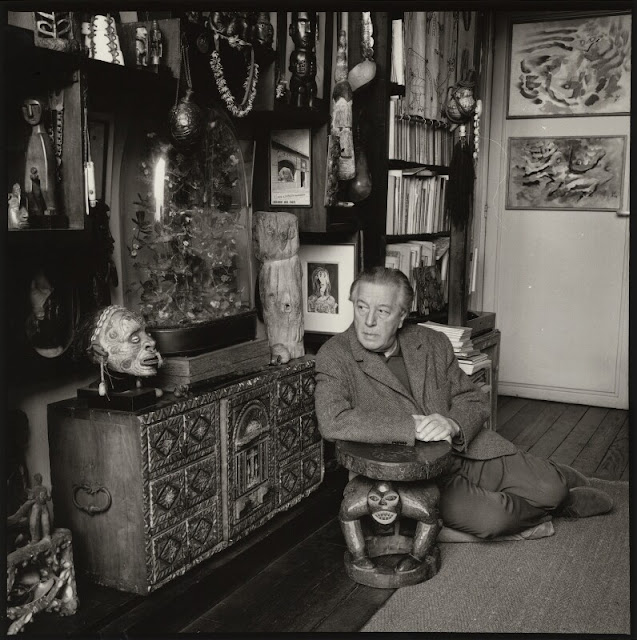D.J. Waldie (that's him above) is a pedestrian and the author of Holy Land: a Suburban Memoir, an excellent book about growing up and living in the suburban hinterland of Los Angeles, in Lakewood. In the interests of clarity it’s probably worth saying that he’s not an actual DJ.
Recently on his website he published a piece titled ‘Walking in LA: Los Angeles is the second-most dangerous city for pedestrians in the U.S.’
Waldie is a pedestrian by default, and a non-driver. As he says in the article, and as he’s often written about elsewhere, he suffers from various sight problems which prevent him from driving, though as he also says in the piece, ‘If I could, of course I would drive.’
In fact you do meet a certain number of non-drivers in Los Angeles. There are various reasons – from environmental showboating to having been banned from driving, to simply being poor, though it always seemed to me that many of the poorest people in LA still found a way to scrape together the wherewithal to buy a car.
More often than not. non-drivers in L.A. aren’t so much pedestrians as people who want to cadge a lift.
I was taken by that sub-headline in the Waldie piece saying that LA is the second most dangerous city for pedestrians in the U.S. I’ve done some non-exhaustive research on this – looking at lists of ‘America’s most dangerous cities for pedestrians’ – not least because if LA is number 2, I wanted to know what was number one.
But it seems there’s no simple and agreed upon answer. I’ve found stastics where Los Angeles is number one, other statistics where it’s not even in the top 50.
Still, the dangers are real enough for an LA walker. Waldie writes, ‘I’m a good pedestrian however, staying within the marked crosswalks and never jaywalking, even when the next crosswalk is a long walk away. Free-range pedestrianism is dangerous, Anti-war activist Jerry Rubin was struck and killed in 1994 while attempting to cut across Wilshire Boulevard in Westwood. The head of the Los Angeles teachers’ union, crossing the seven lanes of Olympic Boulevard, was killed.’
I do like that phrase, ‘Free-range pedestrianism.’
Then Waldie adds, and I thought this was the real kicker, ‘Fewer streets are marked by crosswalks today. The city has sandblasted away hundreds since the mid-1970s when traffic engineers showed, not surprisingly, that more pedestrians are killed in crosswalks than out of them. The engineers said the painted lines gave pedestrians a false sense of security, making them less attentive to danger. Risk managers had another reason to eliminate crosswalks. Their presence makes cities vulnerable if the city is sued by injured pedestrians or their survivors.’
Well that makes a lot of terrible and shocking yet all too predictable sense, doesn’t it?
Waldie’s website is here.


































